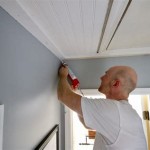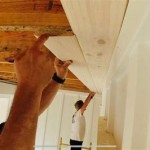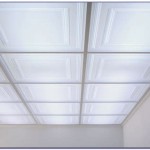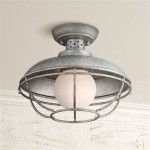1.
Insulating your ceiling can have many benefits, from reducing energy bills to improving comfort levels in your home. In this article, we’ll take a look at the steps you need to take to insulate your ceiling and the different types of insulation materials that are available. Whether you’re looking for detailed instructions on how to insulate your ceiling yourself, or want to know more about the different insulation materials you can choose from, this article has you covered.
2.
When it comes to insulating your ceiling, there are a variety of materials you can choose from. From fiberglass and rockwool, to spray foam and cellulose, each insulation material has its own pros and cons. In this article, we’ll take a look at the different insulation materials available and their costs, so that you can make an informed decision when it comes to insulating your ceiling.
3.
Insulating your ceiling can have many benefits for your home and your wallet. From preventing heat loss and improving comfort levels, to reducing energy bills and making your home more energy efficient, there are many advantages to insulating your ceiling. In this article, we’ll take a look at the advantages of insulating your ceiling and how you can make the most of these benefits.
4.
Insulating a ceiling can be done in a variety of different ways, depending on the insulation material you choose and the type of ceiling you have. From using batt insulation, to installing spray foam insulation and using radiant barriers, this article will take an in-depth look at the different methods of insulating a ceiling, so that you can choose the best method for your needs.
5.
Insulating your ceiling yourself can be a great way to save money and ensure that you get the job done correctly. However, there are certain tips and tricks you should be aware of when it comes to DIY ceiling insulation. In this article, we’ll take a look at the key things you need to know when it comes to DIY ceiling insulation, from choosing the right insulation material, to properly sealing and protecting your insulation.















Related Posts








